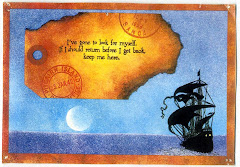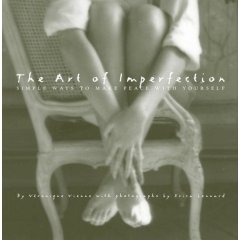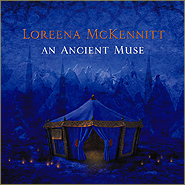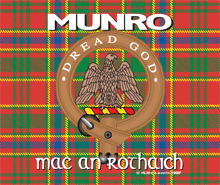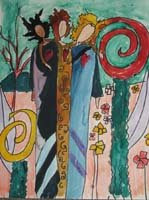The front porch is hidden by the garage.
After we finished, Glori and Kelsey went out to the car, but I remained inside to take one last look around. “Goodbye House", I mourned aloud. I could not believe I would never set foot in it again. This was my Grandma Julia's house. It was MY house – my first home. How could it be torn away from me like this?
My sister has heard that the people who own the house now have let it go to hell, but in my mind's eye it will always be perfect. That's not to say it was a grand house. In fact, it was a pretty funny house, with no discernable design. Single-storied, it had been cobbled together over the years as, one by one, rooms were added on to the original single room. Grandma and Grandpa managed to raise seven children in that three-bedroom house. My aunts and uncles used to joke that they slept three or four to a bed, two at the head and one or two at the foot.
I spent the first four years of my life in that house, until my mom got married. That last day, I remember putting my few toys in a wicker laundry basket and weeping bitterly at having to leave my sweet Grandma’s house. After we moved to Larson, however, we did “go up to Crosby" every Saturday. Dad would save his Crosby refrigeration jobs for that day. Mom would shop for groceries and go to the Laundromat. I’d go to the library or check out the five and dime or the drugstore.
I recall taking a nap in the living room, covered with my late Grandpa Duncan's old brown plaid bathrobe, while Grandma entertained her friends at “lunch” (aka afternoon tea – but with coffee) in the dining room. Their musical, lilting voices as they spoke in Norwegian lulled me to sleep like the most beautiful lullaby ever written. Grandma and I would visit the pastor’s house or the pretty, china- and chintz-filled homes of her neighbors, Mrs. Hanmer and Mrs. Tweeten.
Sometimes we'd go all the way across town to Auntie Jenny and Uncle Albert's house. That was a long walk for older lady and a little girl, but I'd be rewarded by seeing Auntie Jenny's funny cuckoo clock people. After dark on warm summer nights, Grandma would take me for walks through the neighborhood. I was unafraid as long as Grandma was holding my hand.
I always seemed to scrunch up my face for photos.
**********
I can’t forget going to the show (the movies) with Aunt Mary and bringing Grandma back a box of Nibs licorice; taking Sunday naps and afterward, Sunday drives (gas was cheap!); hearing Uncle Scotty claim that "pork gravy makes your hair wavy" (his was!); having Uncle Davy teach me to tie my shoes and watching Uncle Donny clowning around – making me laugh by wrapping a towel around his head to simulate Lawrence of Arabia, a Turk, a pirate. Sometimes we’d get whirlwind visits from Aunt Ina, who was a nurse in Plentywood, MT. Or Mary, Mom, Grandma and I would take the Greyhound bus to visit Uncle Billy in Minot. He actually LIVED in the Roosevelt Hotel – how grand.
About once every two years, Grandma’s brother Olaf from the wilds of Northern Saskatchewan would come to visit. She would somehow manage to get him to shuck off his long johns for a washing (probably for the first time in two years!) It always gave me an unexpected fright to see those yellowed long johns hanging up to dry in Grandma’s front porch. But even scarier was Uncle Olaf, with his wild white eyebrows and rheumy blue eyes.
In the winter I would sit right on top of the huge square heat register between the living room and dining room until I got grid marks on my bottom (I loved being hot.) At lunchtime I would watch "Days of Our Lives" with Mary and Gram (my mom watched "As the World Turns" at our house). Sometimes Grandma would sit at the dining room table to read the "Decorah (IA) Posten" (Norwegian language newspaper) or write out recipes in her old brown spiral notebook.






































































